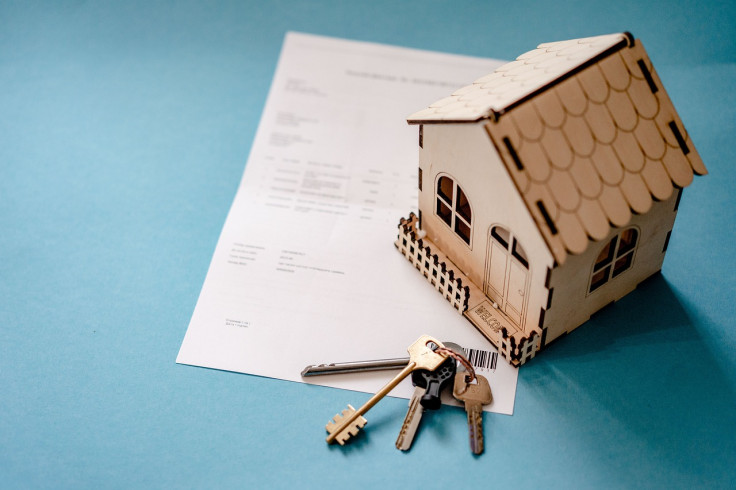Home Loan Costs Decline Again, Hitting Lowest Rate Since Early April

The cost of borrowing for home loans has decreased once more this week, with the average rate on a 30-year mortgage reaching its lowest point since early April. As reported by Freddie Mac on Thursday, the rate dropped to 6.87%, down from 6.95% the previous week. This time last year, the average rate stood at 6.67%, according to ABC News.
This marks the third consecutive week of declining mortgage rates, which have largely remained around 7% since April. Higher mortgage rates can significantly increase monthly costs for borrowers, thereby restricting their purchasing power. According to Freddie Mac, the average rate on a 15-year fixed-rate mortgage, commonly chosen by those refinancing, also fell this week to 6.13% from 6.17%. A year ago, this rate was 6.03%.
Freddie Mac's chief economist, Sam Khater, attributed the decrease to signs of cooling inflation and market expectations of a potential future interest rate cut by the Federal Reserve.
Home loan rates are influenced by several factors, including bond market reactions to the Federal Reserve's interest rate policies and movements in the 10-year Treasury yield, which lenders use as a benchmark for pricing home loans. Recent economic data indicating slower growth has led to eased yields, which could help contain inflation and prompt the Federal Reserve to lower its main interest rate from its current high, the highest in over two decades, reported the Associated Press.
Federal Reserve officials noted last week that inflation is moving closer to their 2% target, hinting at the possibility of a rate cut later this year. Initially, the Fed had projected up to three cuts in 2024. However, economists believe that until the Fed begins reducing its short-term rate, significant decreases in long-term mortgage rates are unlikely.
Jiayi Xu, an economist with Realtor.com, told ABC News that even with potential reductions, mortgage rates are expected to stay above the pre-pandemic range of 3.5% to 5%. The high rates continue to deter many potential homebuyers, contributing to a sluggish spring homebuying season, as higher borrowing costs and prices pose challenges, reported U.S. News & World Report.
A tight supply of homes for sale also constrains the market. While inventory has increased slightly this year due to longer selling times, it remains well below pre-pandemic levels. Many homeowners with fixed-rate mortgages below 4% are reluctant to sell, a phenomenon known as the "lock-in" effect. Realtor.com highlighted that more than half of all homes with a mortgage have a rate of 4% or lower, and 87% have a rate of 6% or lower.
Xu suggested that if mortgage rates drop to around 6%, it could incentivize more sellers to list their homes, increasing inventory and potentially driving down prices.
© Copyright IBTimes 2024. All rights reserved.






















